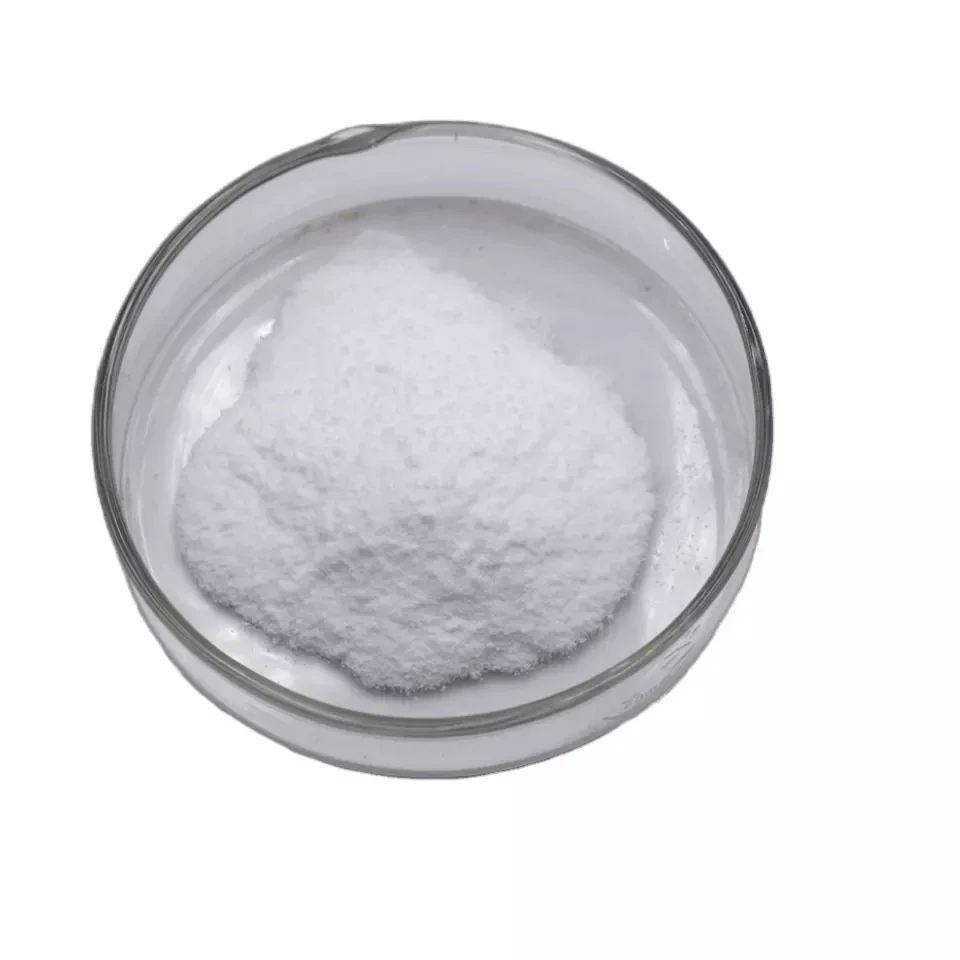Warning: Undefined array key "title" in /home/www/wwwroot/HTML/www.exportstart.com/wp-content/themes/1198/header.php on line 6
Warning: Undefined array key "file" in /home/www/wwwroot/HTML/www.exportstart.com/wp-content/themes/1198/header.php on line 7
Warning: Undefined array key "title" in /home/www/wwwroot/HTML/www.exportstart.com/wp-content/themes/1198/header.php on line 7
Warning: Undefined array key "title" in /home/www/wwwroot/HTML/www.exportstart.com/wp-content/themes/1198/header.php on line 7
- Afrikaans
- Albanian
- Amharic
- Arabic
- Armenian
- Azerbaijani
- Basque
- Belarusian
- Bengali
- Bosnian
- Bulgarian
- Catalan
- Cebuano
- China
- China (Taiwan)
- Corsican
- Croatian
- Czech
- Danish
- Dutch
- English
- Esperanto
- Estonian
- Finnish
- French
- Frisian
- Galician
- Georgian
- German
- Greek
- Gujarati
- Haitian Creole
- hausa
- hawaiian
- Hebrew
- Hindi
- Miao
- Hungarian
- Icelandic
- igbo
- Indonesian
- irish
- Italian
- Japanese
- Javanese
- Kannada
- kazakh
- Khmer
- Rwandese
- Korean
- Kurdish
- Kyrgyz
- Lao
- Latin
- Latvian
- Lithuanian
- Luxembourgish
- Macedonian
- Malgashi
- Malay
- Malayalam
- Maltese
- Maori
- Marathi
- Mongolian
- Myanmar
- Nepali
- Norwegian
- Norwegian
- Occitan
- Pashto
- Persian
- Polish
- Portuguese
- Punjabi
- Romanian
- Russian
- Samoan
- Scottish Gaelic
- Serbian
- Sesotho
- Shona
- Sindhi
- Sinhala
- Slovak
- Slovenian
- Somali
- Spanish
- Sundanese
- Swahili
- Swedish
- Tagalog
- Tajik
- Tamil
- Tatar
- Telugu
- Thai
- Turkish
- Turkmen
- Ukrainian
- Urdu
- Uighur
- Uzbek
- Vietnamese
- Welsh
- Bantu
- Yiddish
- Yoruba
- Zulu
Nov . 06, 2024 17:08 Back to list
Using Xanthan Gum to Enhance Sauce Thickness and Texture in Culinary Applications
The Role of Xanthan Gum in Thickening Sauces
In the culinary world, achieving the perfect texture and consistency of sauces is a critical aspect of creating delightful dishes. One of the most effective and widely used thickening agents in modern cooking is xanthan gum. This polysaccharide, produced through the fermentation of simple sugars by the bacterium *Xanthomonas campestris*, is not only a powerful thickener but also offers a variety of functional benefits that make it a favorite among chefs and food scientists alike.
What is Xanthan Gum?
Xanthan gum is a food additive that is often found in gluten-free recipes, salad dressings, sauces, and beverages. Its unique properties allow it to thicken liquids and stabilize emulsions, which is crucial for ensuring that sauces maintain their desired consistency over time. Xanthan gum works by forming a gel-like structure in the presence of water, providing the viscosity needed without altering the flavor of the sauce. This makes it particularly appealing in a variety of culinary applications.
How Does Xanthan Gum Work?
When xanthan gum is added to liquids, it hydrates quickly, leading to the formation of a thickened gel. The mechanism behind this process relies on the structure of xanthan gum itself. It consists of long chains of sugar molecules that can interact with water and other ingredients. The ability of xanthan gum to hold water means that it can create a stable texture in sauces, preventing separation and enhancing mouthfeel.
One of the notable qualities of xanthan gum is its pseudoplasticity, meaning that the viscosity of the solution decreases under shear stress. This property is beneficial in sauces because it allows the sauce to become less viscous when stirred or shaken, making it easier to pour and serve. Once the shear force is removed, the sauce thickens again, preserving its intended texture on the plate.
xanthan gum for thickening sauces

Usage and Measurement
When using xanthan gum as a thickener, it’s essential to consider the quantity required. Typically, a small amount suffices—around 0.5% to 2% of the total weight of the liquid. For example, if you are preparing a sauce that weighs 1,000 grams, you would need approximately 5 to 20 grams of xanthan gum, depending on the desired thickness. It’s crucial to whisk or blend the xanthan gum into the liquid thoroughly to avoid clumping. Some chefs prefer to disperse it in a small amount of oil or sugar before adding it to the liquid, which can help ensure an even distribution.
Advantages of Xanthan Gum
The advantages of using xanthan gum in sauces extend beyond simple thickening. It helps improve the texture and stability of sauces, especially those that include oil and vinegar, like dressings. Xanthan gum acts as an emulsifier, allowing for better integration of these disparate ingredients, which can be a challenge in sauce preparation.
Moreover, xanthan gum is gluten-free, making it an excellent choice for those with dietary restrictions. Unlike traditional thickeners such as wheat flour or cornstarch, xanthan gum does not contain gluten and is safe for individuals with celiac disease or gluten sensitivity.
Conclusion
In conclusion, xanthan gum serves as an invaluable tool for chefs and home cooks striving to achieve the ideal texture in their sauces. Its ability to thicken, stabilize, and emulsify makes it a versatile ingredient that meets the demands of various culinary applications. Whether you are preparing a rich gravy, a tangy dressing, or a smooth base for soups, xanthan gum can ensure that your sauces have the perfect consistency, enhancing the overall dining experience. By understanding the science behind xanthan gum and learning how to use it effectively, cooks can elevate their sauce-making skills and create delicious, visually appealing dishes every time.
Latest news
-
Certifications for Vegetarian and Xanthan Gum Vegetarian
NewsJun.17,2025
-
Sustainability Trends Reshaping the SLES N70 Market
NewsJun.17,2025
-
Propylene Glycol Use in Vaccines: Balancing Function and Perception
NewsJun.17,2025
-
Petroleum Jelly in Skincare: Balancing Benefits and Backlash
NewsJun.17,2025
-
Energy Price Volatility and Ripple Effect on Caprolactam Markets
NewsJun.17,2025
-
Spectroscopic Techniques for Adipic Acid Molecular Weight
NewsJun.17,2025

